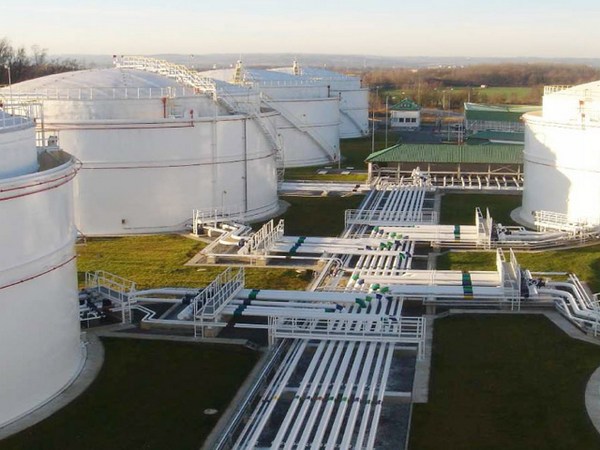Tank farm stores explosive, corrosive, poisonous chemicals in liquid form, under very high pressures or atmospheric pressures. It is essential to ensure their safety to avoid catastrophic accidents.

Various international agencies have created standards and codes for design of tank farm. They needs to be followed as per requirements of the country and locality where the tank farm is constructed. Some of such agencies are :
- National Fire Protection Association. (NFPA).
- Occupational Safety and Health Act (OSHA).
- Local Jurisdictions
- Oil Industries Safety Directorate (OISD) for INDIA.
NFPA Codes :
- NFPA 11 – Low expansion foam and combined agent systems.
- NFPA 30 – Flammable and Combustible Liquids Code.
- NFPA 58 – Storage and handling of liquefied petroleum gas.
- NFPA 59A – Production, Storage and handling of liquefied natural gas.
- NFPA 321 – Basic classification of flammable and combustible liquids.
All NFPA Codes are recommended as a basis for legal regulations. They are intended to reduce potential hazards to public safety, but compliance does not eliminate such hazards as those that occur when flammable and combustible liquids are stored in process facilities.
OSHA :
The main considerations in the layout of storage facilities that fall under occupational safety and health act (OSHA) regulations are personnel, access ladders and stairways and catwalks.
Local Codes and Regulations :
All Documents concerning local codes and regulations should be reviewed before any off-site layout is begun.
OISD :
In India, Oil Industry Safety Directorate has codes governing layout of Tank Farms.
